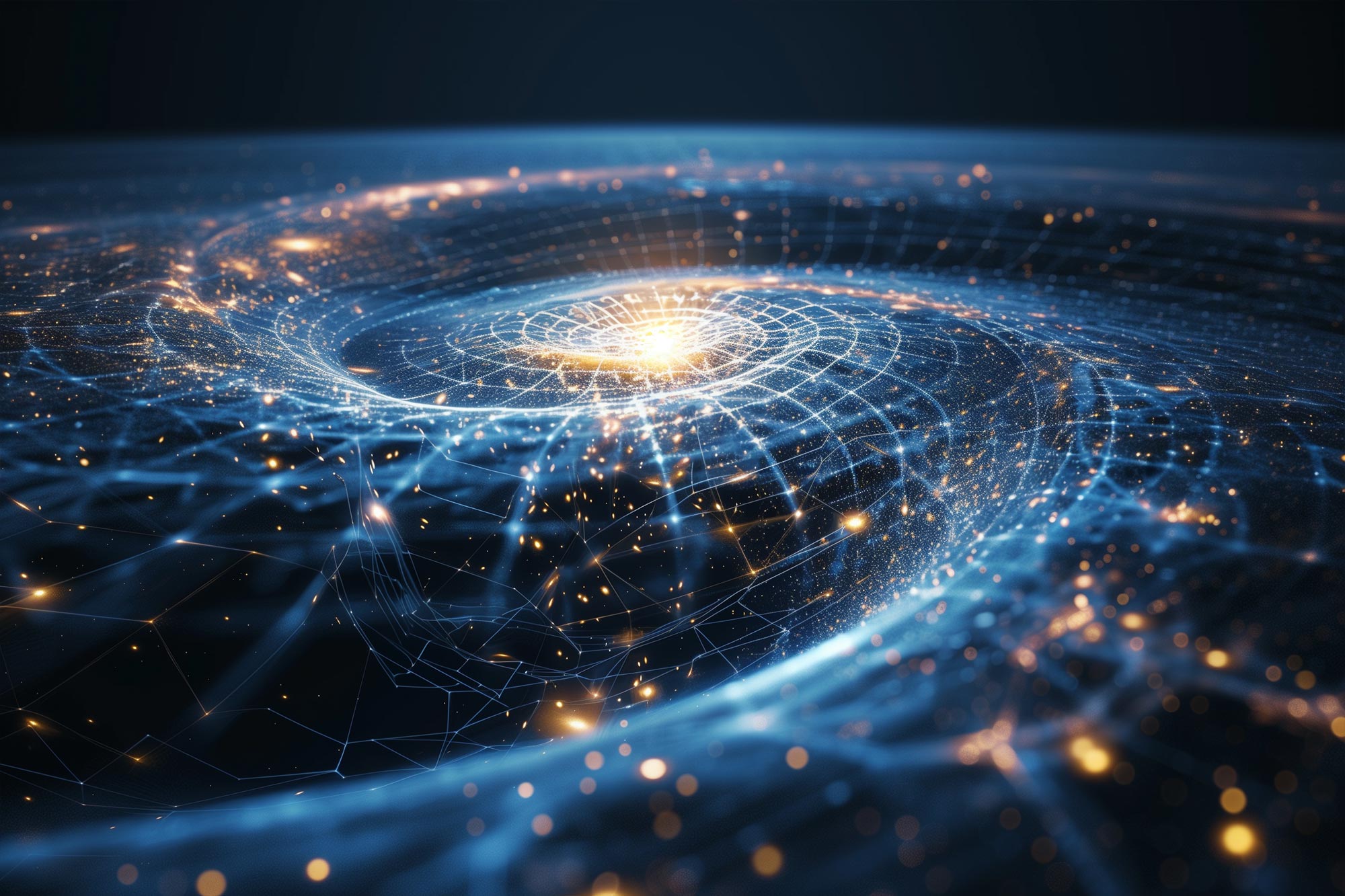AI technologies continue to transform how we understand the cosmos, offering sharper tools for digging into the universe’s deepest secrets. A recent study from the Flatiron Institute, published in *Nature Astronomy*, showcases an AI-driven method called Simulation-Based Inference of Galaxies (SimBIG). This method refines the estimation of cosmological parameters — the fundamental numbers defining the universe’s structure and behavior.
Traditionally, understanding the universe’s expansion and the distribution of galaxies has depended on analyzing large-scale structures. However, smaller-scale details have remained elusive due to technical limitations. SimBIG changes this by using AI to interpret galaxy clustering on both large and small scales. The technique offers insights by examining the subtle distances and geometric arrangements among galaxies, leading to more precise estimates of the universe’s parameters.
For instance, using SimBIG, researchers were able to halve the uncertainty in measuring the universe’s matter clumpiness when compared to traditional methods. This precision is crucial, especially as it matches well with other independent observations, such as the cosmic microwave background measurements. The ability of SimBIG to work effectively with existing galaxy survey data to improve parameter estimation promises to enhance future cosmological studies significantly.
This approach not only improves the efficiency of data use but also deepens our insight into pressing cosmological issues like the Hubble tension. This ongoing discrepancy in measurements of the universe’s expansion rate may find clarity through the refined estimates provided by SimBIG, potentially pointing towards new physics or necessary adjustments in our understanding of cosmic dynamics.
As new astronomical surveys come online, tools like SimBIG will be vital in maximizing the return on substantial investments in cosmological research, furthering our understanding of dark matter, dark energy, and the universe’s overall architecture.
For a deeper dive into this research, you can read the full study here: Rewriting Cosmic Calculations: New AI Unlocks the Universe’s Settings.
